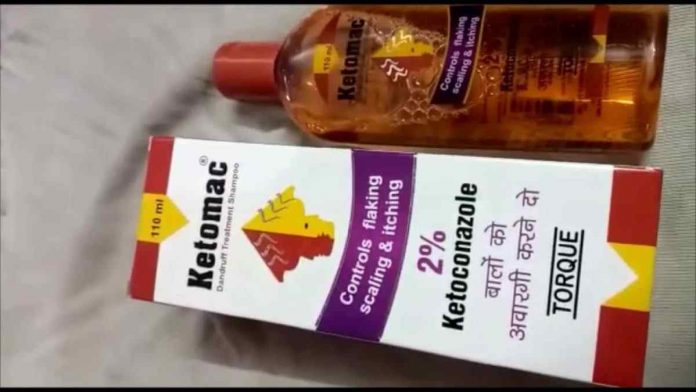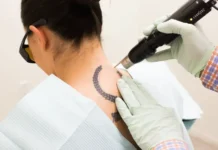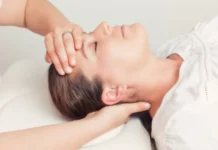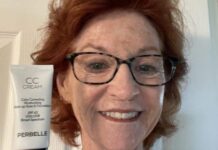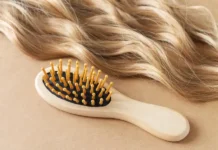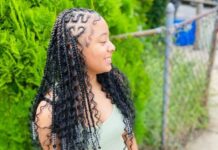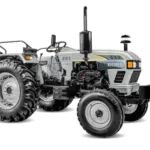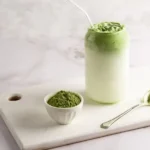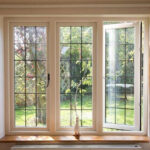Acne is the biggest problem that is faced by 40% women in the entire world. It appears like small bumps on our head, forehead, cheeks, neck and back. These are classified as many doctors as yeast based acnes. Now for a layman, it will be hard to determine whether it is a fungal acne or some other type. But a dermatologist can easily distinguish. This post will try as far as possible to educate readers on fungal acnes.
What are they?
Fungal acnes are caused when excess yeast known as malassezia, seeps through the skin and hair follicles. They block the pores and results in inflammations. They are itchy and becomes red often resembling acnes. Hence you will hear not to touch acnes. This is because infection from your finger can spread to the rest of the area. Yeast has a tendency to spread and hence who come in contact with you can also have acnes.
Now malassezia lives on everyone’s skin. Yes! But their production increases when the weather becomes hot and humid. Even when we sweat the yeast on our skin gets triggered. Too much sweet consumption also affects yeast in some ways. High levels of yeasts infestation on your skin causes inflammation, bumps and itchy sensations. Most doctors in these cases recommend ketoconazole cream for acne. They effectively stop yeasts reproduction.
How is Fungal Acne Different from Other Acnes?
In medical sense, fungal acne is not acne at all, but just an inflammation. It is referred to a kind of infection that itches and spreads through contact. This gets aggravated due to excess oil production, hot and humid weather conditions and poor hygiene. They excessive cause clogging of pores and can be avoided if proper hygiene is maintained at all times.
Other types of acne on the other hand are caused by a variety of reasons like hormonal imbalance, bad gut health and more. They need proper medication and unless the dermatologists advice, using just a ketomac cream will not bring in any result. Fungal acnes are seen usually on chest, neck, back and shoulder areas, while other forms of acne generally concentrate on the face.
How is Fungal Acne Treated?
Depending on your condition, your dermatologist can suggest a variety of treatment. They may add face washes, creams, shampoos along with oral medication for the complete treatment. All these elements are medicated and not the commercial products that you will see in your television. Sometimes sulfur wash is also done to many patients.
One important ingredient that you may find is ketoconazole. It is highly effective in fungal treatments and improves the skin to a large extent. You must at all cost follow the instruction given by your doctor and complete the course that he stated. If you leave midway seeing an improved skin condition, then acne may come back again. Usually you will start seeing results after a month, but dermatologists continue treatments for about 4 months for maximum prevention.








































